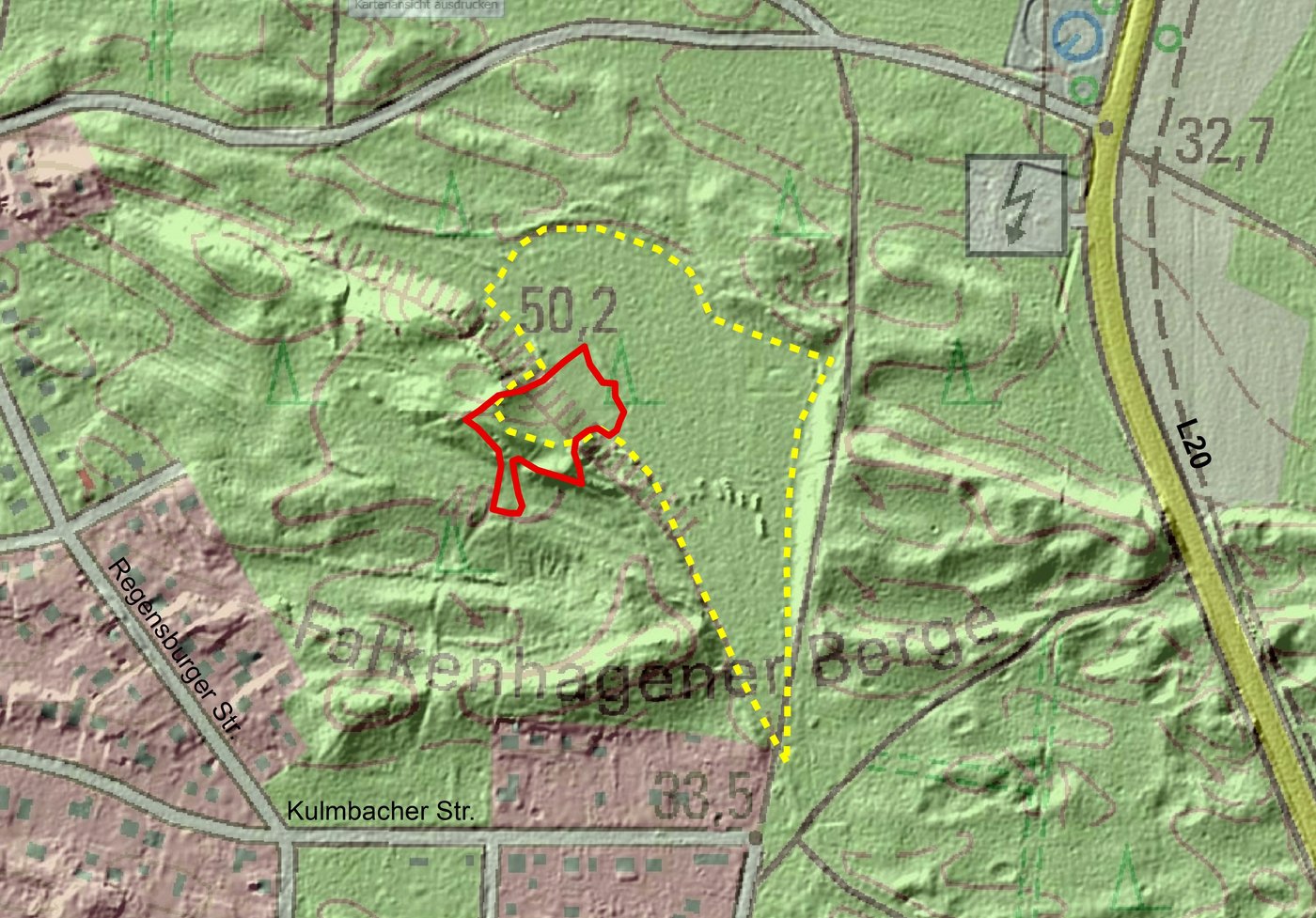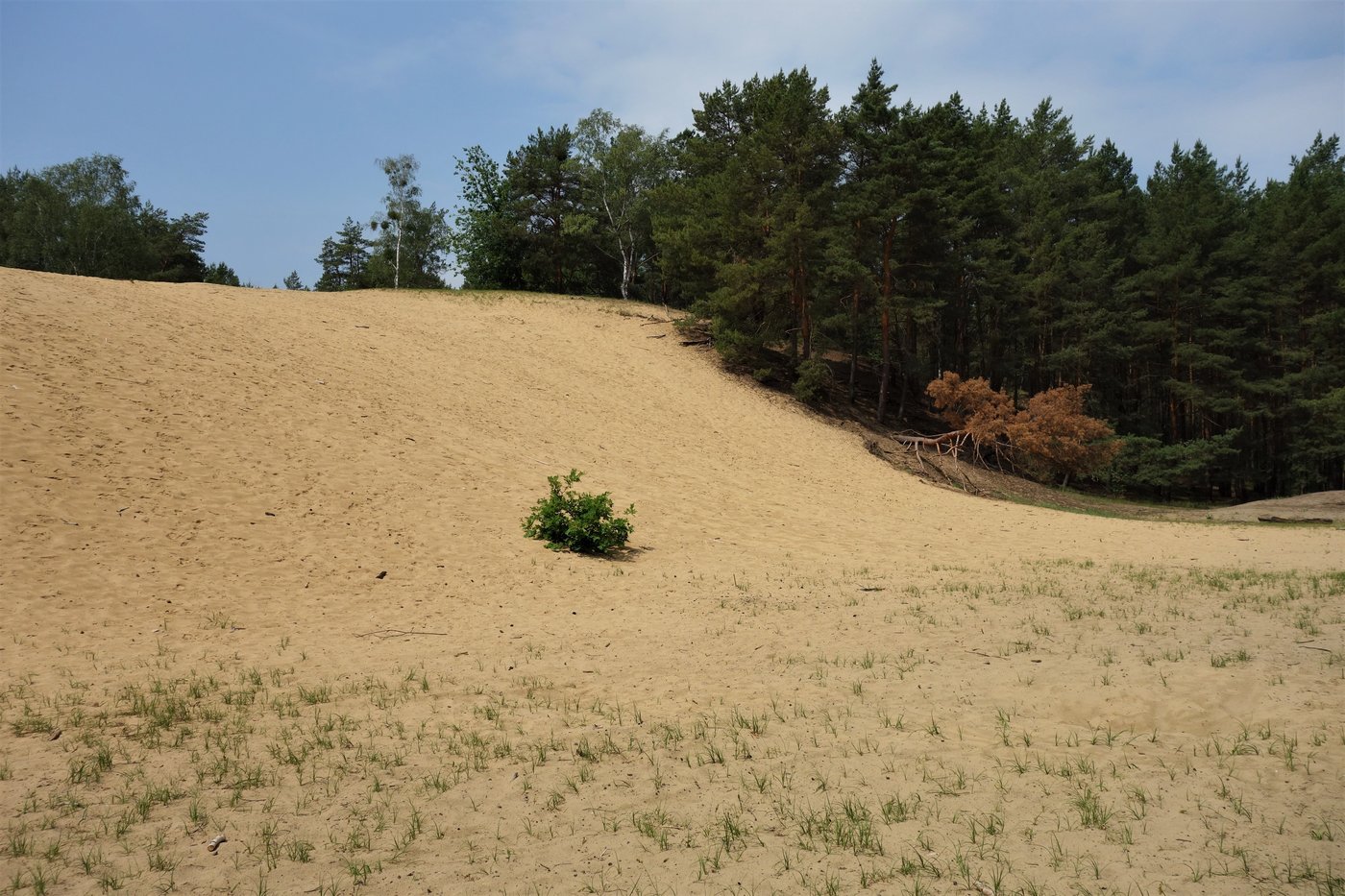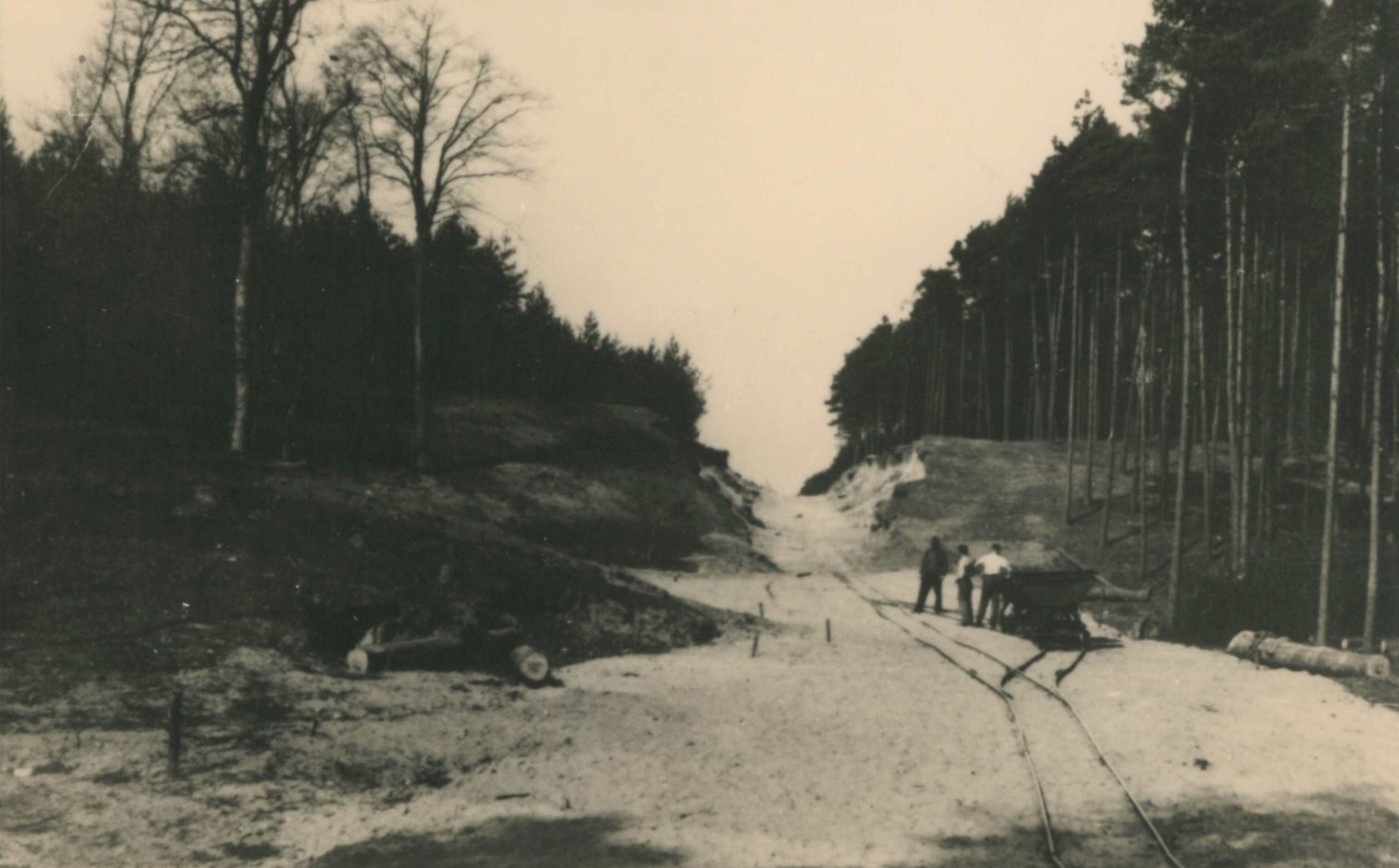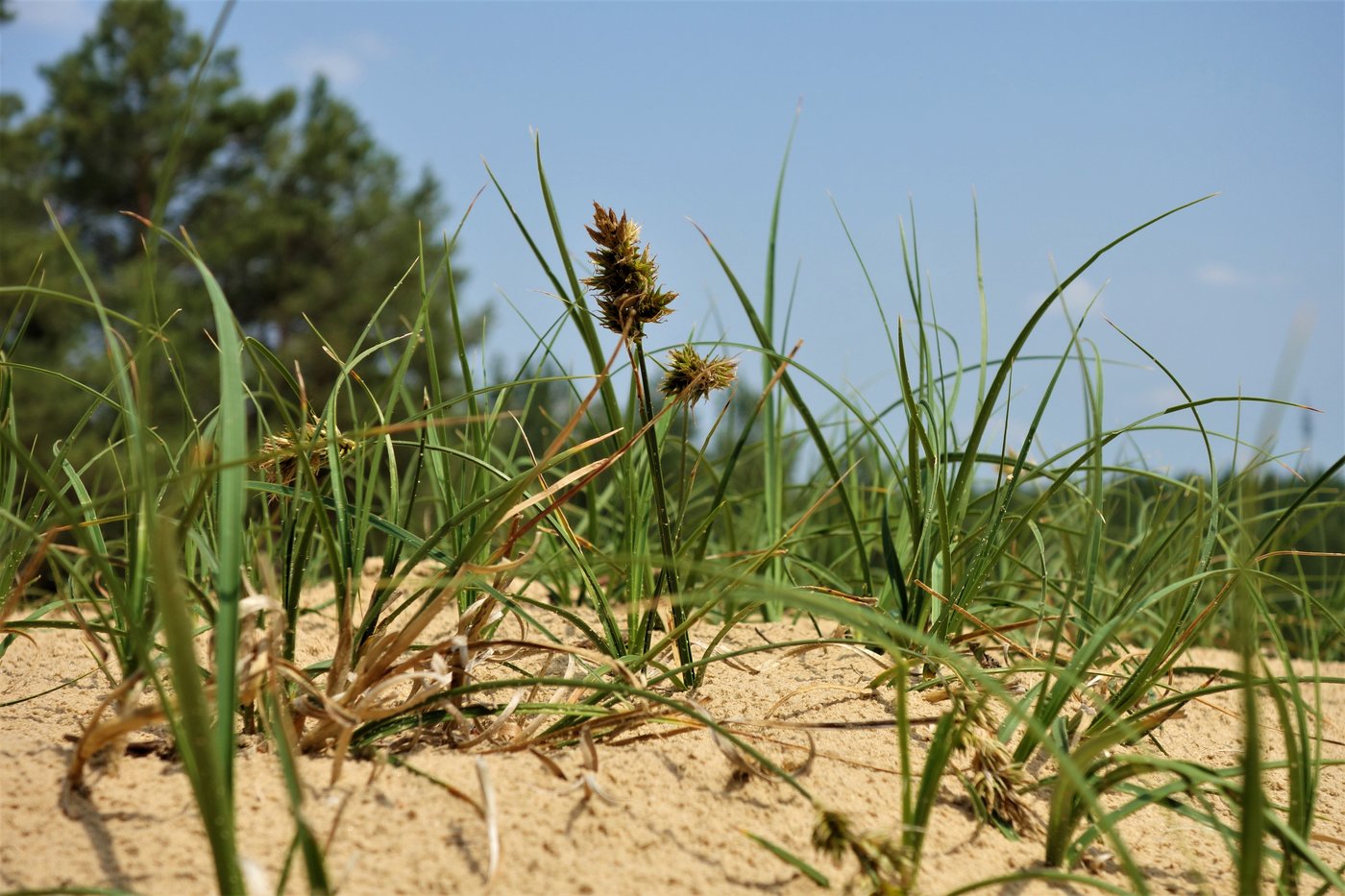Ice Age relics
When the glaciers retreated at the end of the Vistula glaciation, extensive sandy areas remained at the edge of the glacier. In the last phase of the glacial period, the younger tundra period, there was another cooling about 12,000 years ago. The climate became drier. The fine-grained sand was carried away by westerly winds and deposited elsewhere. This is how a dune area was created within Falkensee, which stretches east of the Falkenhagener See, over the Falkenhagener mountains to the Bredower forest over an area of about seven kilometers.
Use of the forest
In the Schmettauschen map series (1767-1787) the area of the Falkenhagener Berge bears the field designation "Falckenhagensche Bauer Heyde". It is an indication of a presumably intensive use of forest pastures by the farmers from Falkenhagen.
Planned afforestation with pine trees began in Brandenburg in the 18th century.
Use through raw material mining
In the 1930s, the wooded dunes were opened up by man. The fine sands of the blown-up dunes were ideal as building material. The sands were used as landfill for the construction of the railway embankment between Berlin (Spandau) and Falkensee.
The sand was transported several kilometers through Falkensee by means of lorry trains.
Two open dunes were created in the Falkenhagen mountains as a result of the mining.
Military use
The highest elevation in the Falkenhagener mountains is the so-called spotlight mountain.
It has a natural height of 50 meters above sea level. Using this natural height, an anti-aircraft searchlight system was installed at the beginning of 1943. Since then, the Berg has borne its popular name.
Living space for life artists
Pioneer of the plant world
One of the first to arrive on the open sandy areas of the Falkenhagener Berge is the sand sedge (Carex arenaria). It forms meter-long subterranean rungs. On the one hand, it strengthens the sandy soil with its roots, on the other hand, it copes well with renewed sand upheaval.
"Cheetah" of the beetle world
The dune tiger beetle (Cicindela hybrida) is a very fast runner capable of catching flies. In order to achieve an optimal operating temperature of 35 degrees Celsius for its performance, it likes to stand in the sun. If it gets too hot for him, he cools himself down by increasing the distance to the ground, leaning on his long legs.
The artificially created open inland dunes in the Falkenhagener mountains are rare extreme locations and biotopes protected under the Federal Nature Conservation Act.



